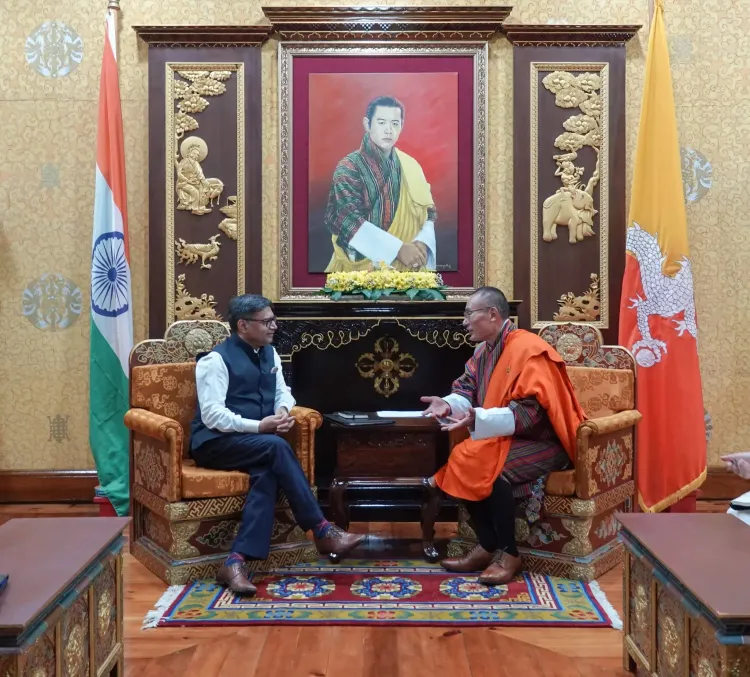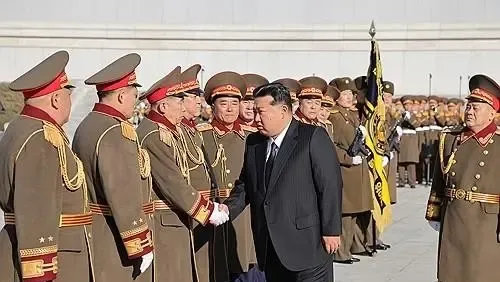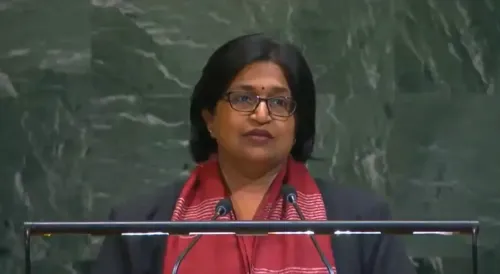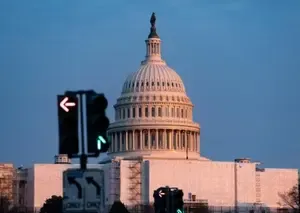What Are India and Bhutan Discussing About Connectivity and Hydropower?

Synopsis
Key Takeaways
- Strengthening bilateral ties through high-level discussions.
- Focus on connectivity and hydropower cooperation.
- Trade relations significantly favor India.
- India's major exports to Bhutan include essential commodities.
- Bhutan’s FDI heavily relies on Indian investments.
Thimphu/New Delhi, Oct 4 (NationPress) Vikram Misri, Foreign Secretary of India, engaged in discussions with Prime Minister Tshering Tobgay of Bhutan on various significant topics, including connectivity, hydropower collaboration, and trade.
In a recent social media update, Prime Minister Tobgay expressed his satisfaction with the meeting held on Friday, highlighting discussions on shared priorities, including connectivity, hydropower cooperation, commerce, and people-to-people relations.
The Foreign Secretary also had an audience with His Majesty the King of Bhutan and met with the country’s Foreign Minister.
As per a statement from the Indian embassy in Bhutan, "In line with the tradition of frequent high-level exchanges, Foreign Secretary Vikram Misri visited Bhutan on 3 October 2025 for comprehensive discussions that covered the full spectrum of the special and multifaceted bilateral partnership. His visit included an audience with His Majesty the King and meetings with the Prime Minister and Foreign Minister of Bhutan."
India and Bhutan have a rich tradition of consistent high-level interactions. The latest visit by the Indian Foreign Secretary underscores the ongoing efforts by both nations to explore new cooperation avenues while strengthening their long-standing ties in energy, infrastructure, and cultural exchange.
According to the Ministry of External Affairs, "The fundamental framework of India-Bhutan relations is the Treaty of Friendship and Cooperation signed in 1949, which was renewed in February 2007."
The India-Bhutan Agreement on Trade, Commerce and Transit was initially signed in 1972 and has been revised several times, most recently in 2016, establishing a free trade regime between the two countries. This agreement also facilitates duty-free transit of Bhutanese exports to third countries. Bilateral trade is conducted in Indian Rupees, which holds equal value to the Bhutanese Ngultrum.
India stands as Bhutan’s leading trade partner, serving both as a source of imports and a destination for exports. Since 2014, trade between India and Bhutan has surged, increasing from $484 million in 2014-15 to $1,777.44 million in 2024-25, constituting over 80 percent of Bhutan’s overall trade. Throughout this period, the trade balance has consistently favored India.
Key exports from India to Bhutan encompass petrol, diesel, rice, wood charcoal, coke, and semi-coke, among others.
Conversely, India’s primary imports from Bhutan include electricity, ferro-silicon, dolomite chips, and ordinary Portland cement.
As of December 2024, Bhutan had authorized 121 foreign direct investment (FDI) projects, with India representing approximately 55 percent of total FDI inflows, marking it as the largest FDI contributor in the nation. Indian investments primarily target sectors such as hydropower, banking, IT services, and infrastructure development.









